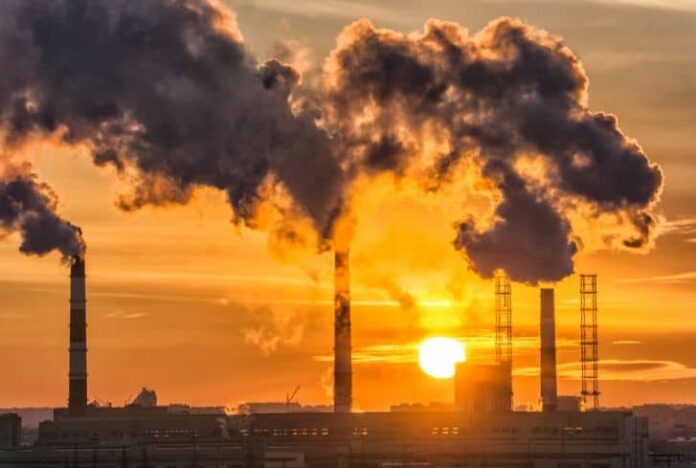The issue of climate change has graduated to a climate emergency, with the impact of fossil fuels being keenly felt in destructive weather patterns and concerning figures regarding increasing global temperatures. But even as sustainability and ecological rehabilitation become a mainstream concern, the direct and measurable effects of air pollution are not widely known. The following are key impacts air pollution has on the environment, and the ecosystems that call it home.
Damage to Crops and Vegetation
One of the concerning by-products of air pollution is its effect on agriculture; lack of air pollution control by manufacturers and plant processes are resulting in poorer crop yields. The introduction of excessive amounts of ozone (O3) into the air causes free radicals to form in plants that absorb the O3, which in turn damage plant life and limit the amount that can be harvested. Ozone can dissipate within months but sustained polluting practices by industrial stations and factories across the continents make a temporary, localised problem a consistent, dangerous and global one.
Acid Rain
Acid rain is an umbrella term for precipitation that includes acidic substances, whether rainfall or deposition of dust and particles. Acid rain can be caused by heavy air pollution involving noxious chemicals and is existentially harmful to the vast majority of ecosystems. Tree species in particular are affected by acid rain, which can destroy leaves and open trees up to disease and stunted growth. Not only that, but pH changes to ground and sea alike can make them uninhabitable by local populations, destroying sub-ecosystems in the process.
Effects on Fauna
Air pollution can also have a devastating direct effect on organisms, with airborne particles making their way into the body via respiratory systems as well as vicariously through food and drink. The presence of nitrogen in air pollution also encourages the growth of certain species, while mitigating the growth of other plants that ecosystems rely upon. Air pollution has been directly attributed to a wide variety of diseases and birth defects across species, and has been linked to illnesses such as heart disease in humans.
Mitigating Air Pollution
The primary sources of greenhouse gases can be split into three distinct camps: electricity generation, transportation and industrial production or practice. The former of these three encompasses consumer use of electricity as well as demand from wider infrastructure, with overall demand contributing to the volume of gases produced in generating electricity. Likewise, transportation incorporates consumer driving habits as well as public transport, international travel, and commercial haulage.
Industry, however, is the largest culprit for greenhouse gas production, using energy and fuel resources on a vast level, and where mitigation would have the most effective results. There are many directives that businesses are taking to reduce their emissions, with ERG investment becoming a new focus for internal growth.






























































